Navigation
Install the app
How to install the app on iOS
How To Use Progressive Web App aka PWA On 420 Magazine Forum
Note: This feature may not be available in some browsers.
More options
You are using an out of date browser. It may not display this or other websites correctly.
You should upgrade or use an alternative browser.
You should upgrade or use an alternative browser.
Anyone have any experience with the the autumn color effect?
UKredeye
New Member
I don't think you should be feeding nitrogen late into flowering, once the stretch has stopped I think your suppose to stop the nitrogen, getting the buds to change colour is generally done by lowering the night temps, I'm no pro and my advice is just from what I've read
Sent from my SM-G930F using 420
Sent from my SM-G930F using 420
You should be cutting down on nitrogen but not excluding it completely. If you just use a flowering base nutrient and only give clean water for last 10-14 days it will give you clean weed and more weight as the plant will finish off better.
- Thread starter
- #4
You should be cutting down on nitrogen but not excluding it completely. If you just use a flowering base nutrient and only give clean water for last 10-14 days it will give you clean weed and more weight as the plant will finish off better.
I get what you are saying but from a recent article I read "When nitrogen is removed during the end of the flowering stage the plant produces very little chlorophyll. It is the decrease in chlorophyll that improves the smell and taste of the bud and helps it to burn more easily. During flushing you feed only water, while the Autumn Color Effect requires only the removal of nitrogen. You can still feed phosphorus and potassium right up until the time you would normally start to flush." I am just curious if anyone has had any experience with this method.
the Autumn Color Effect requires only the removal of nitrogen.
That sure sounds wrong to me. The giant flower pot we call Earth doesn't get depleted of nitrogen during autumn. Everything I have ever read on the subject says it's night time temperatures that cause color change.
- Thread starter
- #6
"The nitrogen cycle is appropriate for understanding nutrient and fertilizer management. Because microorganisms are responsible for most of these processes, they occur very slowly, if at all, when soil temperatures are below 50° F, but their rates increase rapidly as soils become warmer." this isfrom another article I was just reading. As far as I know the reason purple hue is from a lack of chlorophyll, which is made from nitrogen.That sure sounds wrong to me. The giant flower pot we call Earth doesn't get depleted of nitrogen during autumn. Everything I have ever read on the subject says it's night time temperatures that cause color change.
You mean like this?
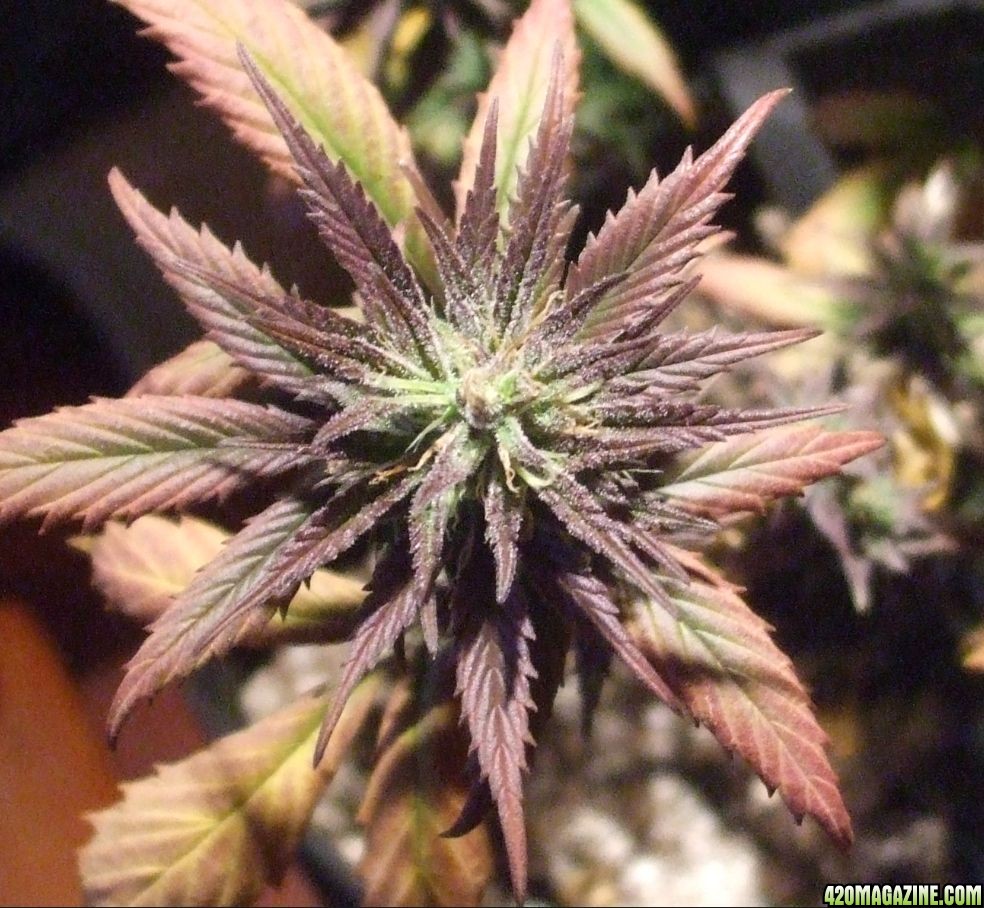
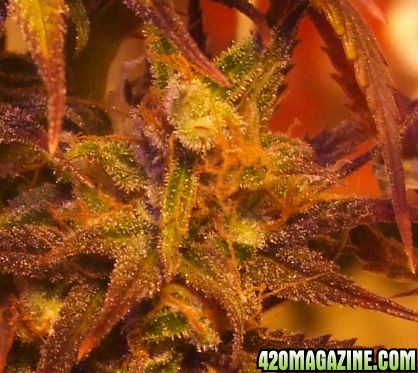
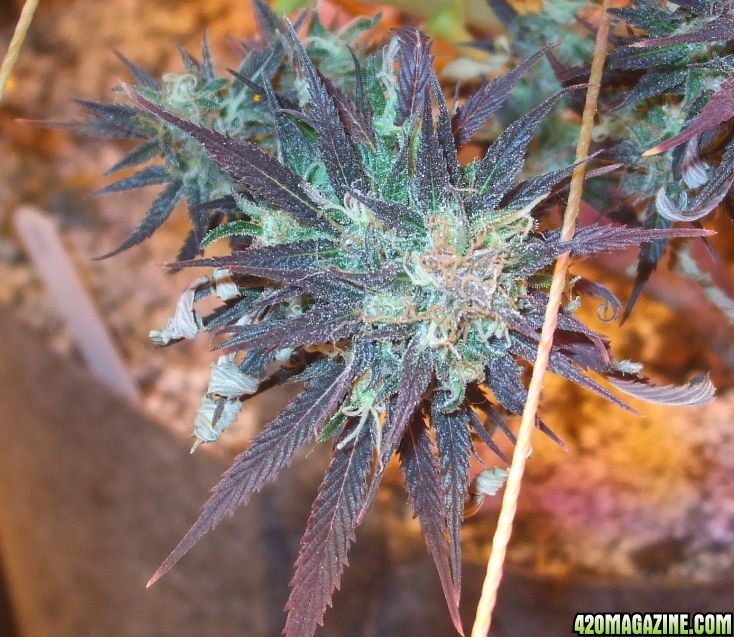
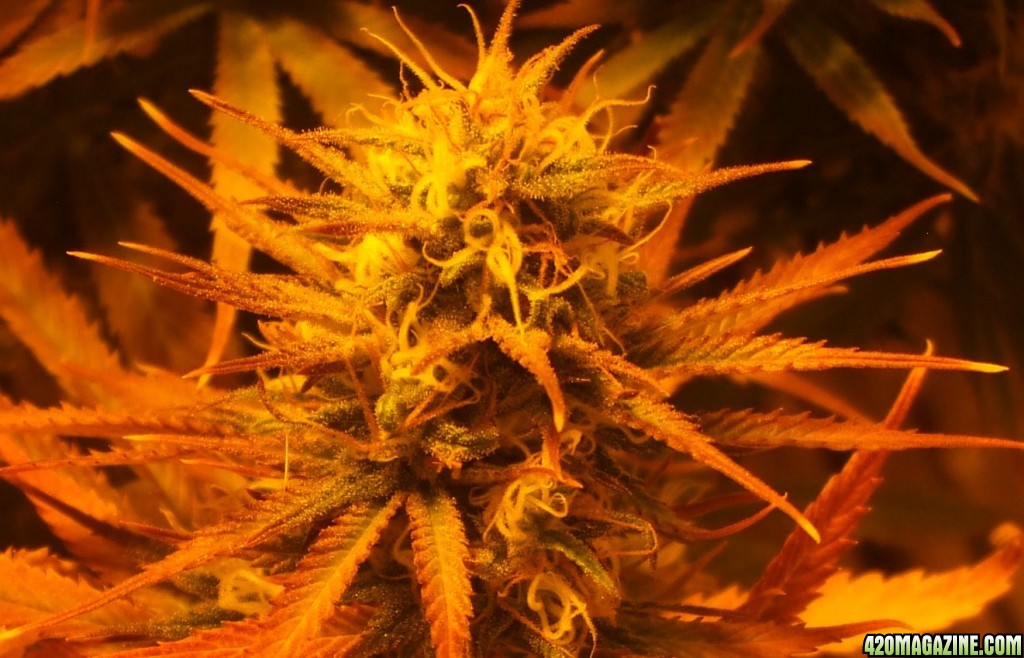
There are different types of coloring. I try to make mine do the autumn coloring but I haven't really tried the colorful strains yet.
This is not mine but a type of plant that is colored by breeding. Certain lights and things really help to bring it on. I only have this pic to show what a nanner is but this is a different type of coloring then what I do.
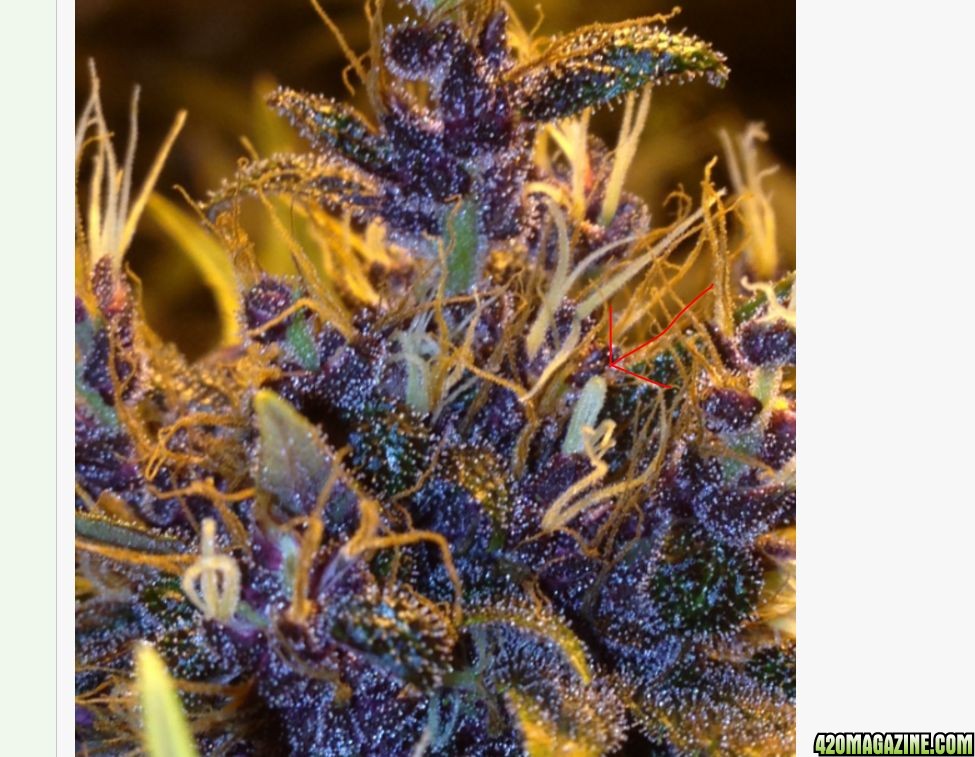
Most important aspect to autumn color is temp.

(standard Hydro chart ... much can be used in soil)

There are different types of coloring. I try to make mine do the autumn coloring but I haven't really tried the colorful strains yet.
This is not mine but a type of plant that is colored by breeding. Certain lights and things really help to bring it on. I only have this pic to show what a nanner is but this is a different type of coloring then what I do.
Most important aspect to autumn color is temp.

(standard Hydro chart ... much can be used in soil)

I have not used this autumn effect. Ive been growing almost 15years straight and have grown thousands upon thousands of plants, so i have alot of experience. The colouration of the plant has several factors. Strain, temps, environment, feed is least important. Lowering temps the final couple of weeks can bring out more colours, flushing and curing will remove and break down chlorophyll. Macronutrients are important, its like saying i will eat protein, carbohydrate and zero fat with the thought process you will get skinny. Fact is you would be doing harm to your body as fat is a macro nutrient and essential component for organ health. Its more about getting the ratio correct.
For sure you want to reduce the amount of N in your feeds through flower but only time i give zero anything is during the final flush phase. Slow dry in the correct humidty and a long cure will make far far more impact on the final product.
For sure you want to reduce the amount of N in your feeds through flower but only time i give zero anything is during the final flush phase. Slow dry in the correct humidty and a long cure will make far far more impact on the final product.
Similar threads
- Replies
- 2
- Views
- 2K


